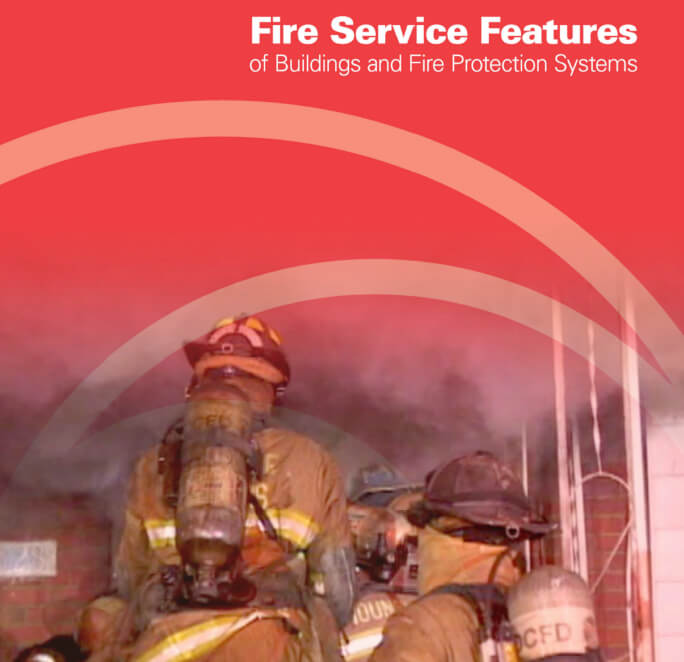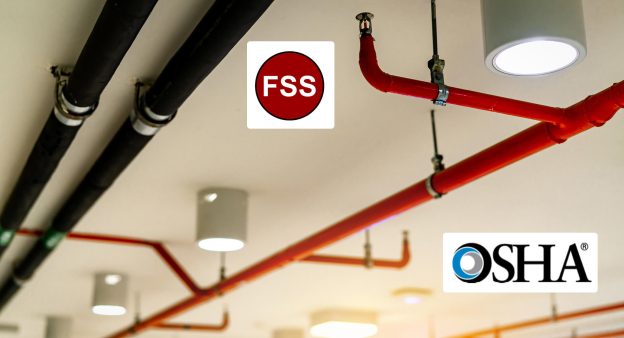OSHA stands for Occupational Safety and Health Administration. Their agency is under the supervision of the Secretary of Labor.

For you convenience, you may download, save, or print their informational document from our website here.
Below are a couple sections from their recommendation. We, at FSS, believe strongly that correct and timely preventive maintenance is crucial. Indeed, all fire safety systems regardless of the size or type of building you manage or own should be on a maintenance program.
Preventive System Maintenance
Effective and ongoing maintenance will verify that systems remain in service and are capable of functioning properly. Deficiencies can be found and repaired before an emergency occurs. Budget constraints may target maintenance first; therefore, code officials and emergency responders should remain vigilant
Maintenance of Built-in Features
A process with effective checks and balances can help ensure that work performed in a building will not negatively impact important building features. A propped-open fire door will render a fire barrier ineffective. Utility work can result in unsealed penetrations of fire barriers. Even the simple act of removing one or more tiles from a suspended ceiling can reduce the effectiveness of a fire-rated floor/ceiling assembly.
Call us at 800-498-FIRE (3473) if you have questions about how to best maintain your fire protection and fire fighting systems.
